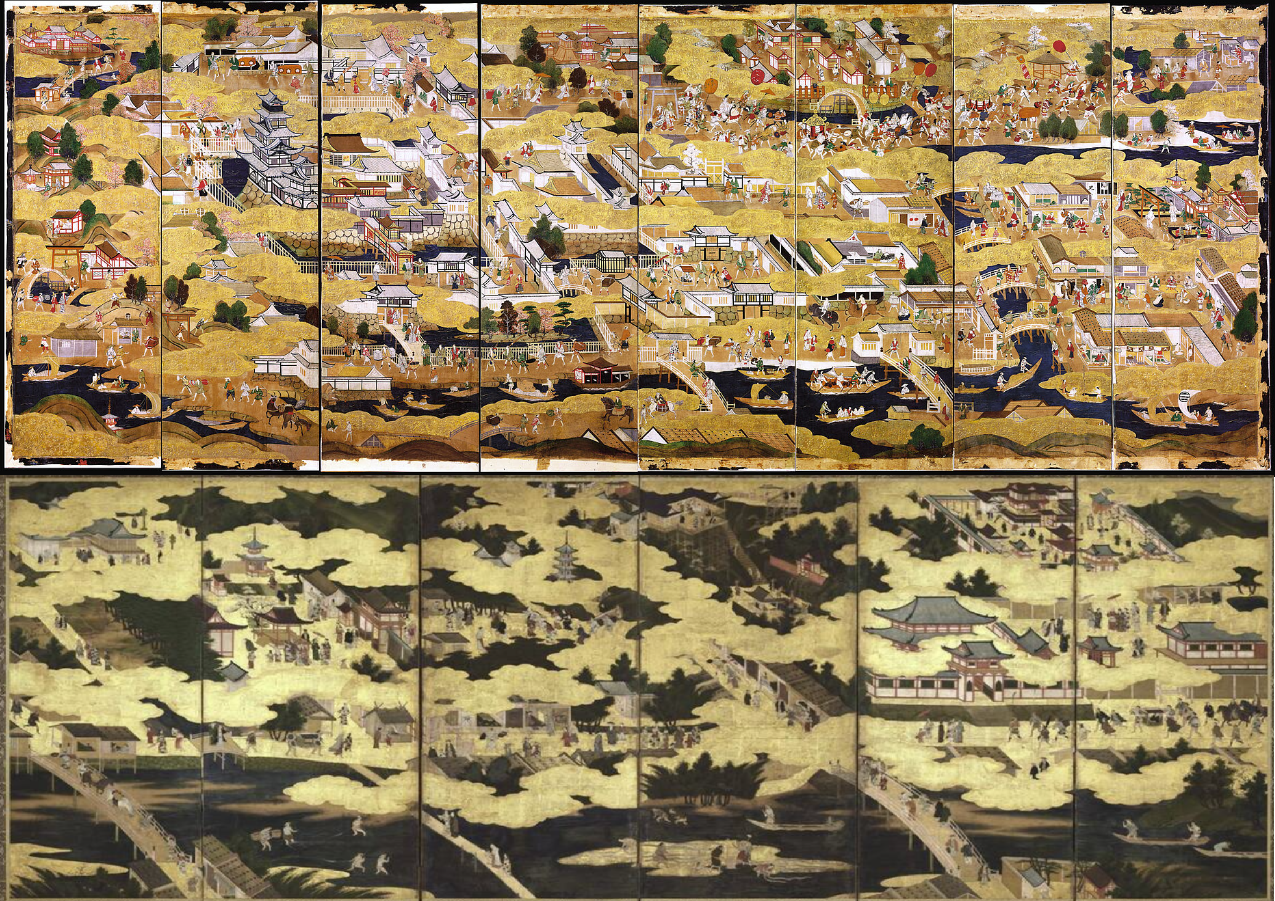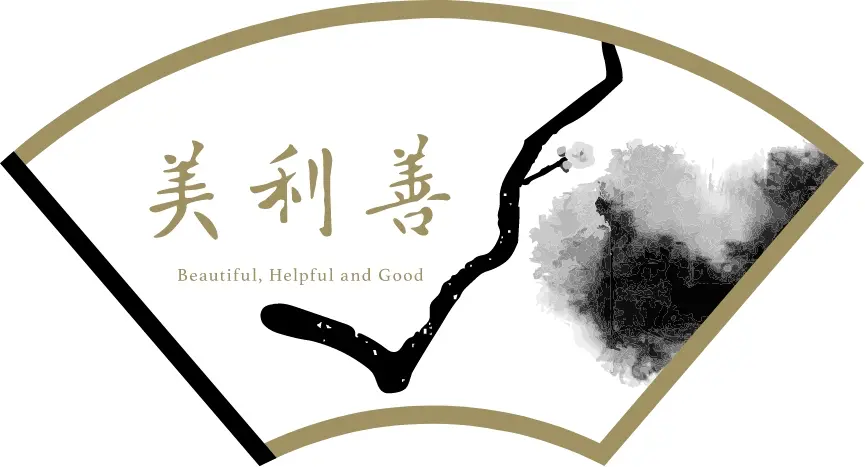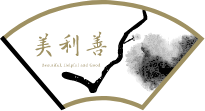Digital Archives for the Future -Part 2

In order to clarify the significance of digital archives and the attributes of blockchain in a straightforward manner, I would like to build upon the previous article and utilize the example of “byobu” folding screens.
Screens are another of Japan’s traditional crafts, alongside swords, lacquerware, and folding fans. It is thought that they have been exported overseas since ancient times.
It is thought that the screens below, numbered from 1 to 3, were all created and exported around 400 years ago. It is only relatively recently, in the 21th century, that their existence has become widely known.
It is believed that these screens were crafted from materials that were susceptible to damage, such as paper and wood, and that they were adorned with significant amounts of expensive gold. It goes without saying that the risk of transport was considerably greater then than it is now. Moreover, even after successfully crossing the sea, it was not uncommon for the screens to become entangled in significant political upheavals or wars due to the social standing of their owners.
It could be said that the survival of these screens in their original form to the present day is a remarkable feat.
In addition, screens offer insight into the lifestyles and culture of the people of the time, including the intentions of the clients who ordered them, the skills of the creators, and the buildings and urban customs depicted. It is also worth noting that the paper used to reinforce the screens (the underlay) sometimes includes not only letters and account books that record the daily lives of the people of the time, but also highly confidential documents related to military and diplomatic affairs that have been reused.
However, as illustrated in the table below, if there are numerous “?” marks, this could potentially pose a significant challenge in properly analyzing the data contained in the screens and underlying documents, and extracting useful information.
Blockchain is a technology that has the potential to reduce the risk of data deterioration, loss, and tampering, and could enable efficient sharing, trading, and management. By utilizing this technology, we can easily facilitate data exchange and minimize the risk of “?” .
In other words, one could posit that blockchain is a technology that supports people’s ability to delve deeply into past events and actions, and extract the wisdom and lessons necessary to live in the present and future.
In the next article, I would like to talk more specifically about “data exchange on blockchain”.
| Name of the Screen | 1.The Ôsaka Folding Screen | 2.Paravent (byobu), six parts | 3.Biombo de Evora | Reference: Azuchi Yamazu Byobu |
| Theme | Osaka Castle and the castle town during the Toyotomi regime | Eastern Kyoto | ? | Azuchi Castle and the castle town during the Oda regime |
| Creator | Other than the Kano school? | Kano school? | ? | Kano Eitoku? |
| Creation Period | ? | After 1591 | ? | Around 1579 |
| Client | ? | ? | ? | Oda Nobunaga |
| Order Amount | ? | ? | ? | ? |
| Delivery Time | ? | ? | ? | Around 1580 |
| Exporter (Intermediary) | Dutch East India Company?→Antwerp merchants? | ? | ? | Alessandro Valignano, the Visitor of the Jesuit missions in Asia → Tensho Embassy to Europe |
| Export Period | 1643? | ? | ? | February 1582 |
| Buyer (transferee) | Johann Seyfried (3rd Lord of Eggenberg) | ? | ? | Pope Gregory XIII |
| Purchase (transfer) Amount | ? | ? | ? | ― |
| Delivery Period | 1670-1700? | ? | ? | March/April 1585 |
| Ownership History after that | Eggenberg family → Archduke of Harburg → City of Graz → (During World War II, the castle was occupied by the Soviet army) → Opened to the public under the direction of the Joanneum State Museum (1953) *For details, click here. | ? → Eduard Fuchs (obtained between 1912 and 1933?) → (confiscated or sold under the Nazi regime) → ? → donated by Anton Exner (1948) *For details, click here. | ? → (in 1759 the Portuguese king expelled the Jesuits from the country) → ? *For details, click here. | ? *For details, click here. |
| Current Owner/ Location | Schloss Eggenberg/Austria | Museum of Applied Arts (MAK), Vienna/Austria | Evora Library, National Library of Portugal/Portugal *Although the paper used for the six parts screens has been lost, the original primary source documents (commonly known as the “Evora Screen Underlay Documents”) containing records of Christian missionary work in Japan, which were used in large quantities as a basis, still exist and are held by the institutions listed above. | ? |
| Current Appearance | The eight parts screen was divided into eight sections and fitted into the wall | Six parts screen (one section only) | ? | ? |
Image Source:
Top: 1. The Ôsaka Folding Screen/Bottom: 2. Paravent (byobu), six parts
References:
Takahashi Takahiro (author and editor) /Kansai University Naniwa Osaka Research Center (editor), “New Discoveries: Toyotomi Period Osaka Screens”, Seibundo Publishing, 2016
Alexandro Valignano (author) /Matsuda Takeichi (editor), “日本巡察記 (Summary of the Things of Japan) Toyo Bunko” (Kindle edition), Heibonsha, 2024

